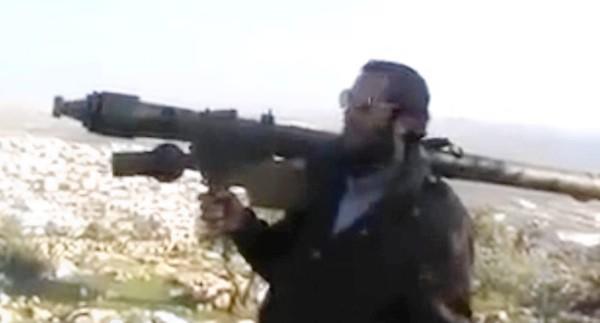BEIRUT The rocket man vows that his hometown will never again face aerial bombardment.
"I will not allow any airplane or helicopter to attack Daret Izza anymore," declares Abu Omeir, the Syrian rebel's nom de guerre.
The former schoolteacher, 26, became an insurgent celebrity after being credited with shooting down a pair of government aircraft a helicopter and MIG fighter within a 24-hour period in northern Aleppo province in late November.
But the most significant development is his weapon, a shoulder-fired SA-16 antiaircraft surface-to-air missile, a Soviet-designed update of the SA-7.
Rebels say they seized dozens of such shoulder-fired missile systems in late November when fighters overran a sprawling government garrison outside the city of Aleppo known as Base 46, after a two-month siege. Analysts who have seen video evidence say the assertion appears credible.
The takeover of Base 46 yielded "the largest seizure of weapons that we have seen to date," including shoulder-fired missiles and traditional weapons, said Peter Bouckaert, emergencies director for Human Rights Watch, who closely monitors arms proliferation.
"It's definitely a game-changer," he said Monday via telephone from Geneva. "Day by day, the ability of the Assad regime to use air power is diminished."
Syrian government air resources nonetheless remain formidable. Aircraft can fire flares and use other countermeasures to thwart heat-seeking, shoulder-fired missiles. In recent weeks, the air campaign has continued, pounding targets in the Aleppo and Damascus areas and elsewhere.
But the capture of more advanced weaponry suggests that the opposition may be developing a robust response to the Syrian fighter jets and helicopters that have attacked at will. In addition, experts say, the beleaguered government of President Bashar Assad has been losing air bases to rebels and, with spare parts in short supply, has been unable to properly maintain its aging, overworked fleet.


